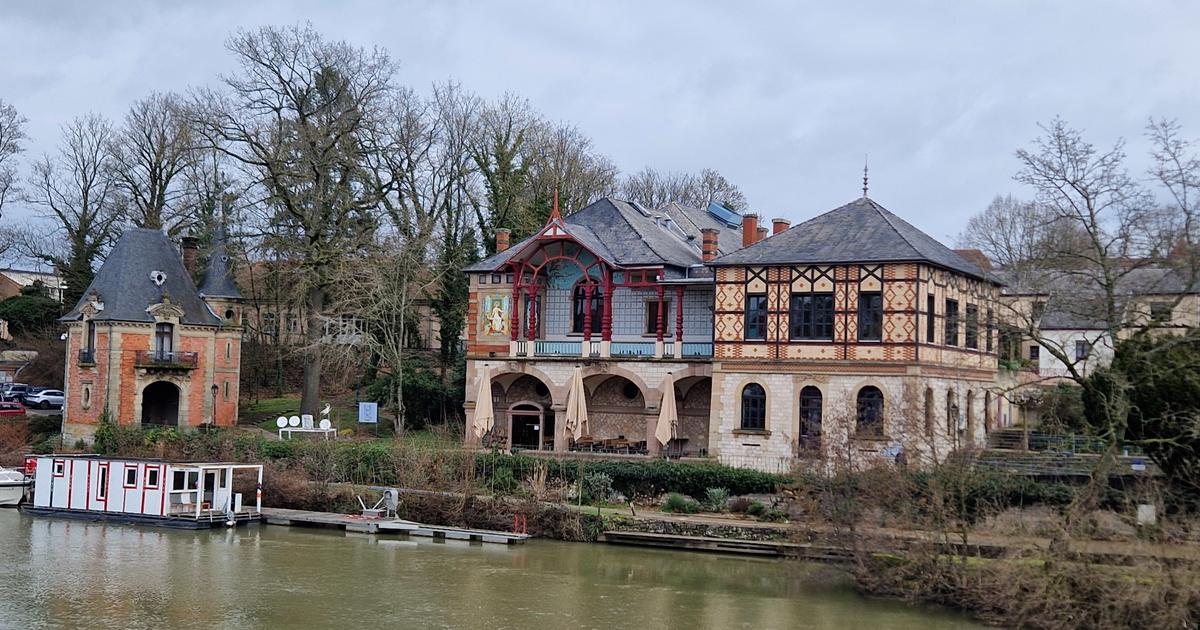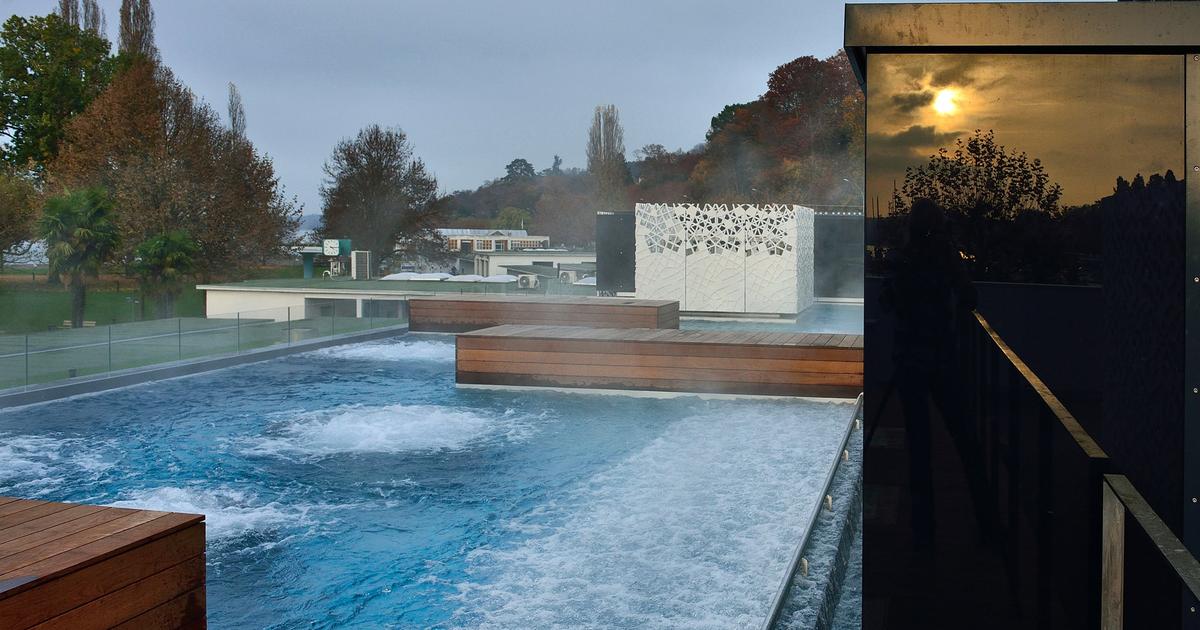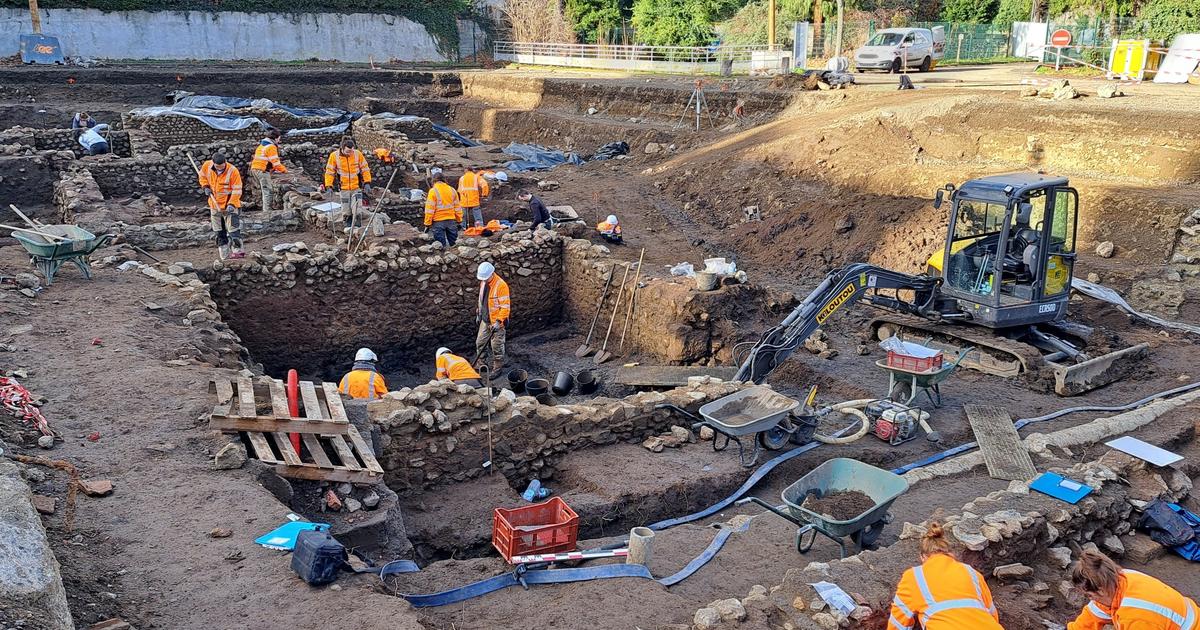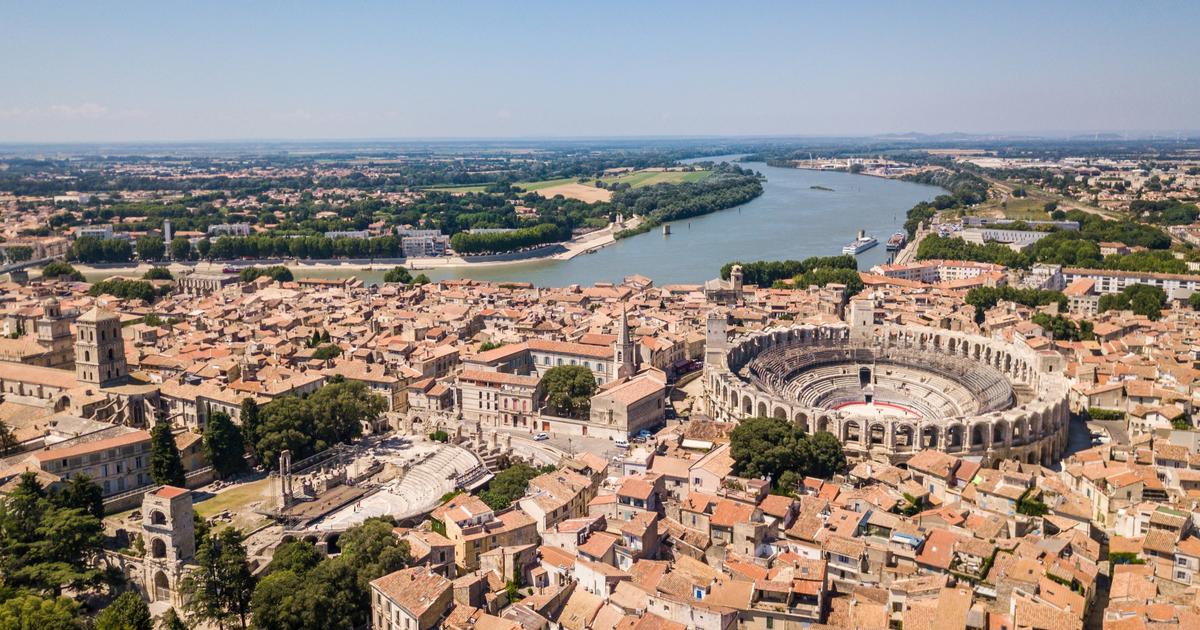Will the heating bills cause the energy-intensive Hungarian thermal baths to evaporate?
Bathed in Art Nouveau architecture, many chess players visit these historic establishments daily to compete against each other amidst the water vapor of these pastel institutions.
Legacy of the Belle Epoque, these institutions form one of the most pictorial postcards of the country.
However, between explosion of bills and economic gloom, these establishments must now fight to stay in the landscape.
Running these mythical establishments
"should cost 170% more in 2023 compared to last year
," Edit Reffy, spokesperson for Budapest Spas, a company that manages the capital's thermal baths, told AFP.
“
Managing the energy crisis is a big challenge,”
she added.
Savings measures have thus been put in place (reduced service, covered outdoor swimming pools, etc.) and the prices of entrance tickets have been increased.
An "inevitable"
solution
specifies Edit Reffy, which specifies the tickets for these historic baths have increased by "
more than 30%
".
Read alsoCharisma, originality and humility: who are the metro musicians?
Despite this price increase, attendance has almost returned to pre-pandemic levels (42 million visitors in 2019), according to industry professionals.
In Budapest, the most famous baths are mainly frequented by foreign customers.
This is the case of the sulfur-smelling Szechenyi, adored by night owls for its frenzied parties, or the Gellert, which has become a world icon with its waters rich in calcium and magnesium, in a decor all in curves of turquoise mosaics.
Cold shower for boiling baths
Less known, provincial establishments have been more affected by the crisis.
Some have been forced to close their doors, while a quarter of them have reduced their hours, Zoltan Kantas, head of the Association of Hungarian Baths, recently warned.
Read alsoThe baths of Budapest: our best addresses for thermal baths in the Hungarian capital
Imported two thousand years ago by the Romans in the plain of central Europe which will become Hungary, the spa culture is still bubbling in the country.
In the 16th century, the Ottomans played an important role in the proliferation of thermal buildings, many of which are still in use today.
With nearly 1,300 medicinal and thermal springs, Hungary remains an affordable and often spectacular European destination for spa tourism.
Here we find the destination of Miskolctapolca, where you can take water in labyrinthine caves unique in Europe, with a curative climate.
Or the largest biologically active natural thermal lake in the world, in Heviz.
Its 4.4 hectares benefit from water heated by geothermal energy which does not drop below 22°C in winter and can reach 38°C in summer.









/cloudfront-eu-central-1.images.arcpublishing.com/prisa/KMEYMJKESBAZBE4MRBAM4TGHIQ.jpg)



